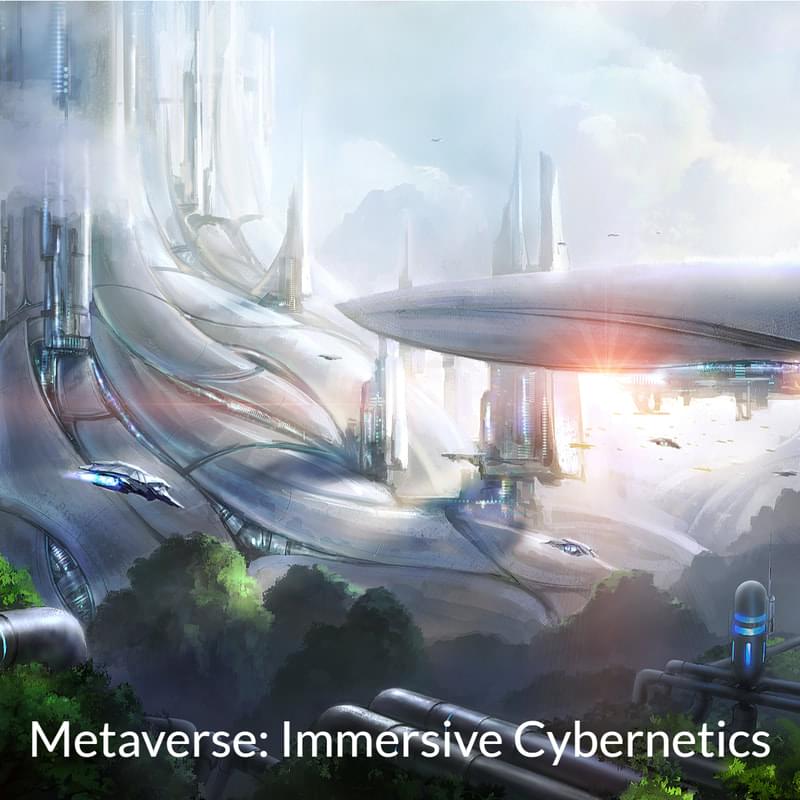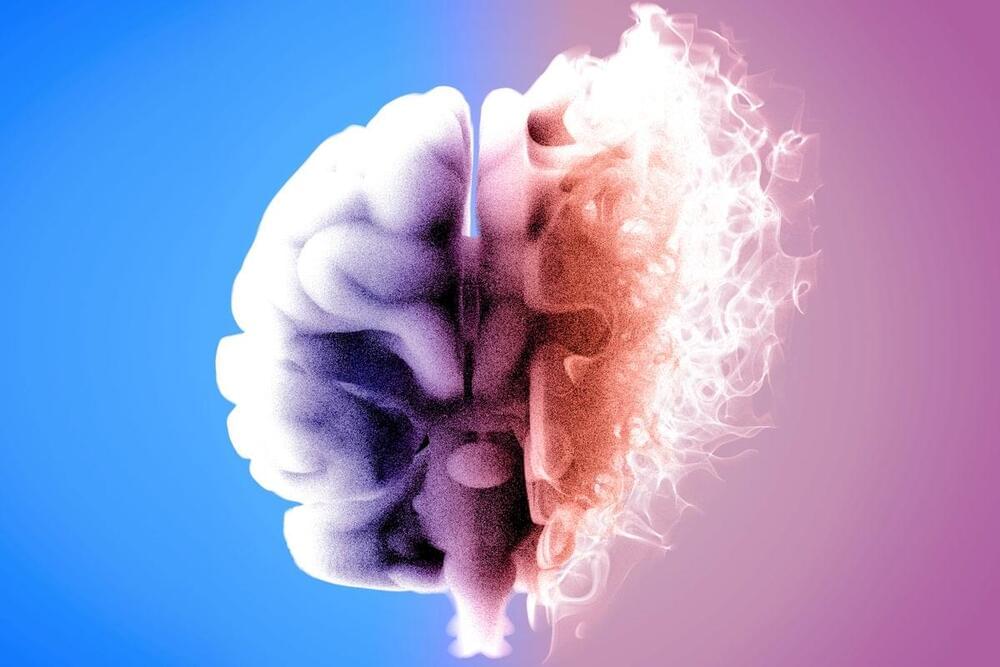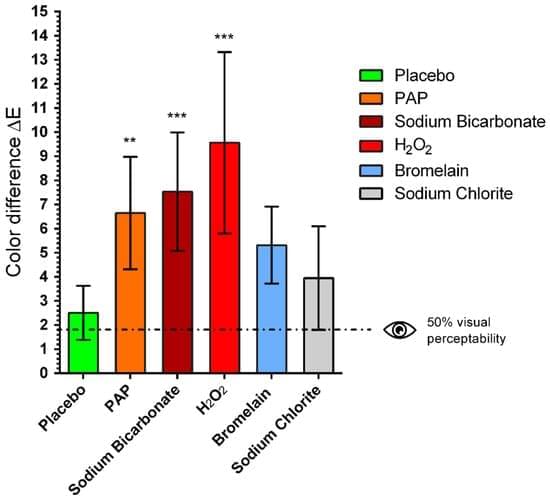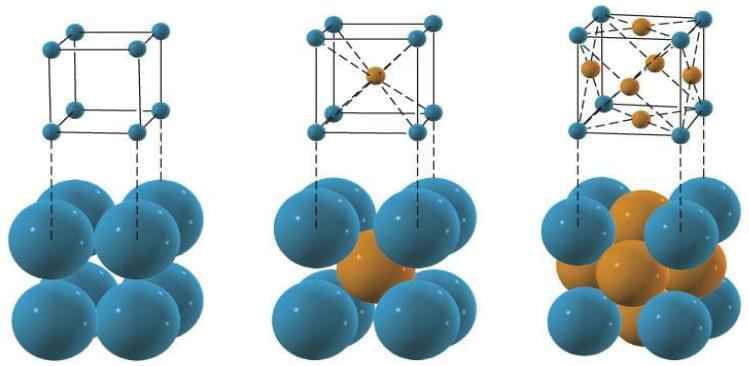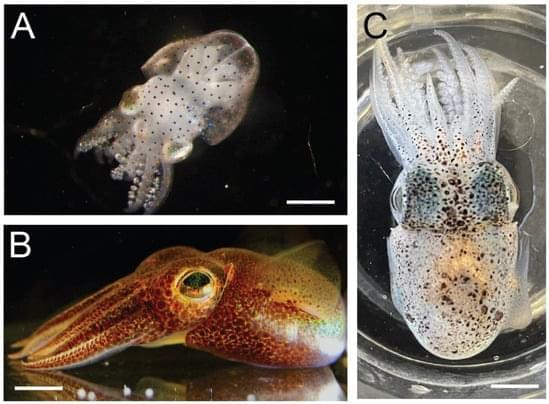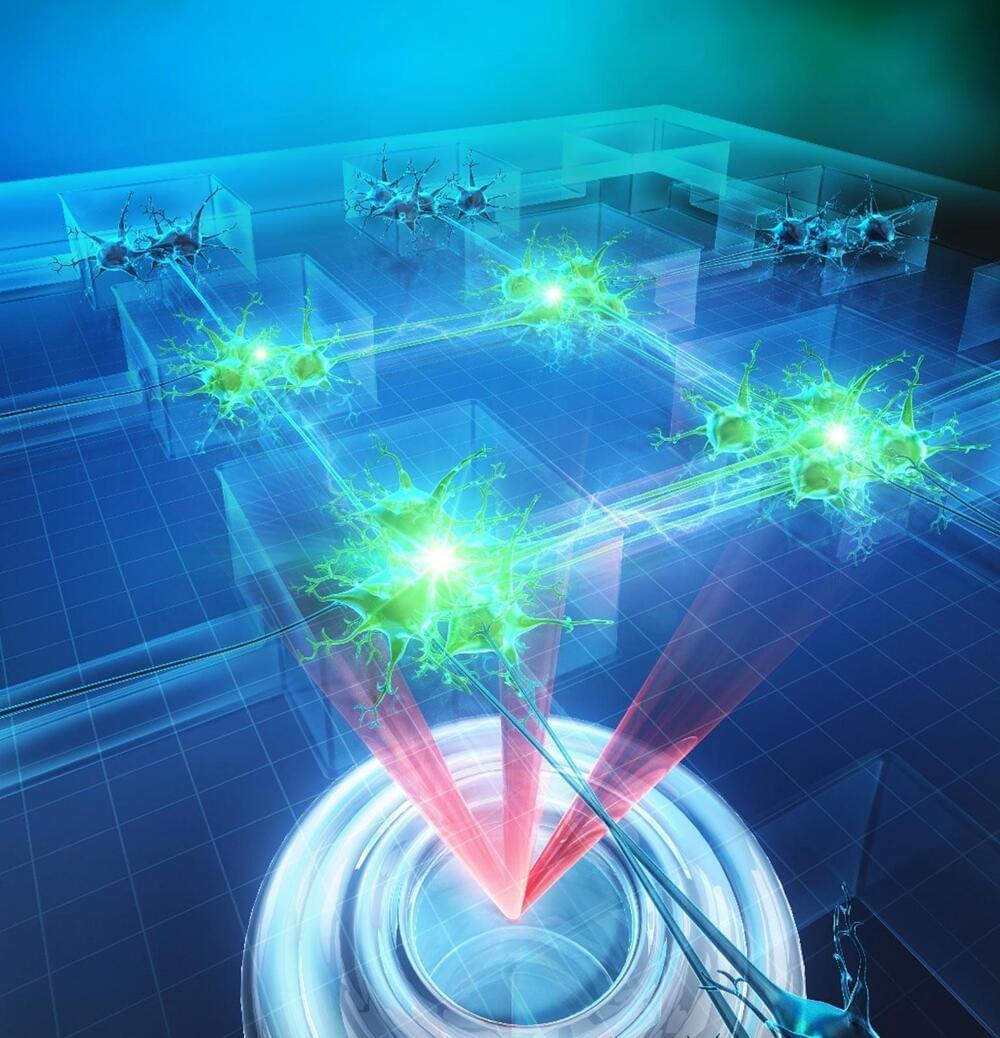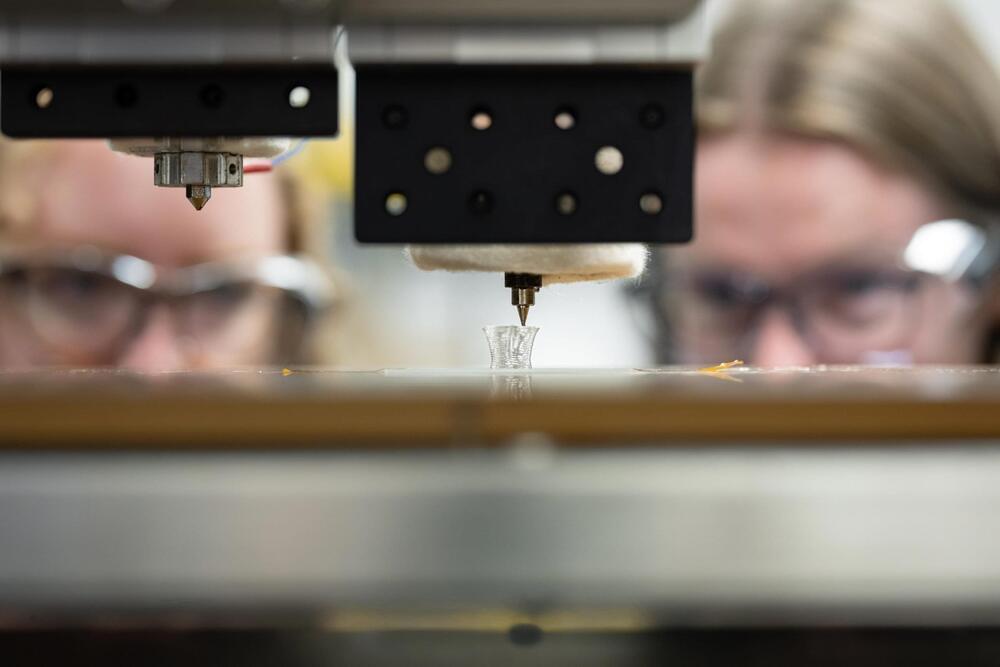What if our understanding of time as a linear sequence of events is merely an illusion created by the brain’s processing of reality? Could time itself be an emergent phenomenon, arising from the complex interplay of quantum mechanics, relativity, and consciousness? How might the brain’s multidimensional computations, reflecting patterns found in the universe, reveal a deeper connection between mind and cosmos? Is it possible that advancements in our understanding of temporal mechanics could one day make time travel a practical reality rather than a theoretical concept? Could Quantum AI and Reversible Quantum Computing provide the tools to simulate, manipulate, and even reshape the flow of time, offering practical applications of D-Theory that bridge the gap between theoretical physics and transformative technologies? These profound questions lie at the heart of Temporal Mechanics: D-Theory as a Critical Upgrade to Our Understanding of the Nature of Time, my 2025 paper and book. D-Theory, also referred to as Quantum Temporal Mechanics, Digital Presentism, and D-Series, challenges conventional views of time as a fixed, universal backdrop to reality and instead redefines it as a dynamic interplay between the mind and the cosmos.
